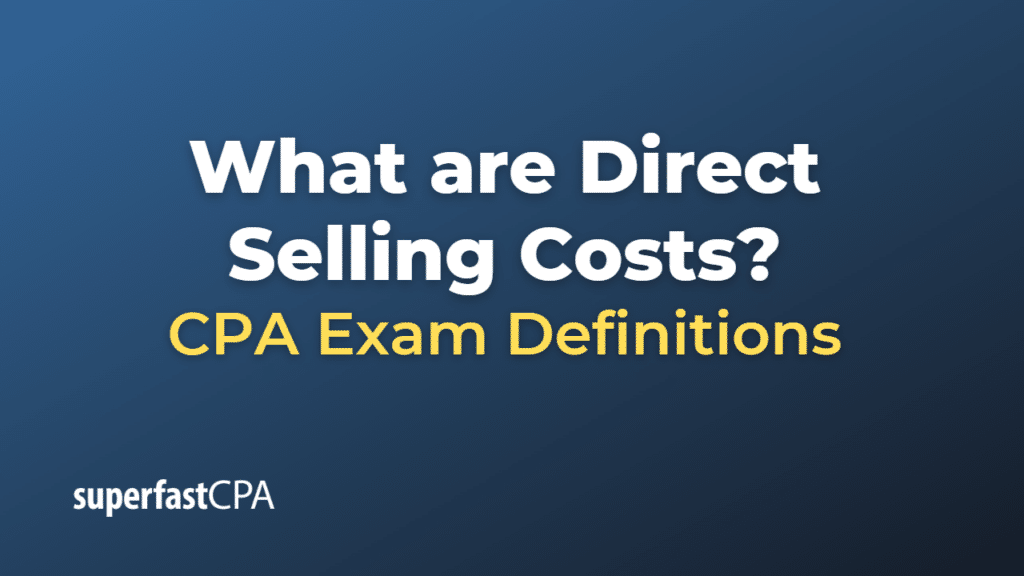Direct Selling Costs
Direct Selling Costs, also known as Direct Selling Expenses, refer to the costs directly related to selling a product or service. They are directly attributable to the sales activities of a business and often vary proportionally with the volume of products or services sold.
These costs are a subset of the total selling expenses a company incurs, which also include indirect selling expenses. While direct selling costs are directly tied to a specific sale, indirect selling costs are more broadly associated with selling activities but cannot be traced back to a specific sale.
Examples of Direct Selling Costs include:
- Commissions: These are payments made to salespeople based on the volume or value of the sales they make.
- Packaging and Shipping Costs: These are the costs of preparing a product for delivery and sending it to the customer.
- Direct Advertising Costs: These are the costs of advertising aimed at prompting a specific sale, like an online ad that links to a specific product’s purchase page.
- Credit Card Processing Fees: These are fees that businesses must pay to credit card companies for each sale made using a credit card.
- Sales Tax: This is a cost that businesses collect from customers at the point of sale and later pass on to the appropriate tax authorities.
Understanding the direct selling costs is important for a company as it helps determine the true profitability of each sale and aids in decision-making related to pricing, marketing strategies, and overall business planning.
Example of Direct Selling Costs
Let’s consider an example of an online electronics store. This store sells a variety of products such as televisions, laptops, and smartphones. Here are some direct selling costs that the store might incur:
- commissions: If the store has salespeople who receive a commission for every product they sell, this would be a direct selling cost. For instance, if a salesperson receives a 5% commission on every sale and they sell a laptop for $1,000, the store would incur a direct selling cost of $50 (5% of $1,000) for that sale.
- Packaging and Shipping Costs: If the store offers free shipping for its products, the cost of packaging the product and the courier fees for delivering the product to the customer would be direct selling costs.
- Direct Advertising Costs: Suppose the store runs a targeted online ad campaign promoting a specific model of television, with a link directing potential customers to the product page where they can make a purchase. The cost of this ad campaign would be a direct selling cost.
- Credit Card Processing Fees: If a customer buys a $1,000 laptop using a credit card and the credit card company charges a 2% fee, the store would incur a direct selling cost of $20 (2% of $1,000).
- Sales Tax: If the store is required to collect sales tax on its products, this would also be considered a direct selling cost. If the applicable sales tax rate is 7%, the store would collect $70 in sales tax on a $1,000 laptop, which it would then pass on to the tax authorities.
In this way, all of these costs are directly related to the act of selling products and would not be incurred if a sale was not made. The store would need to take these costs into account when determining its pricing strategy and assessing the profitability of its sales.













